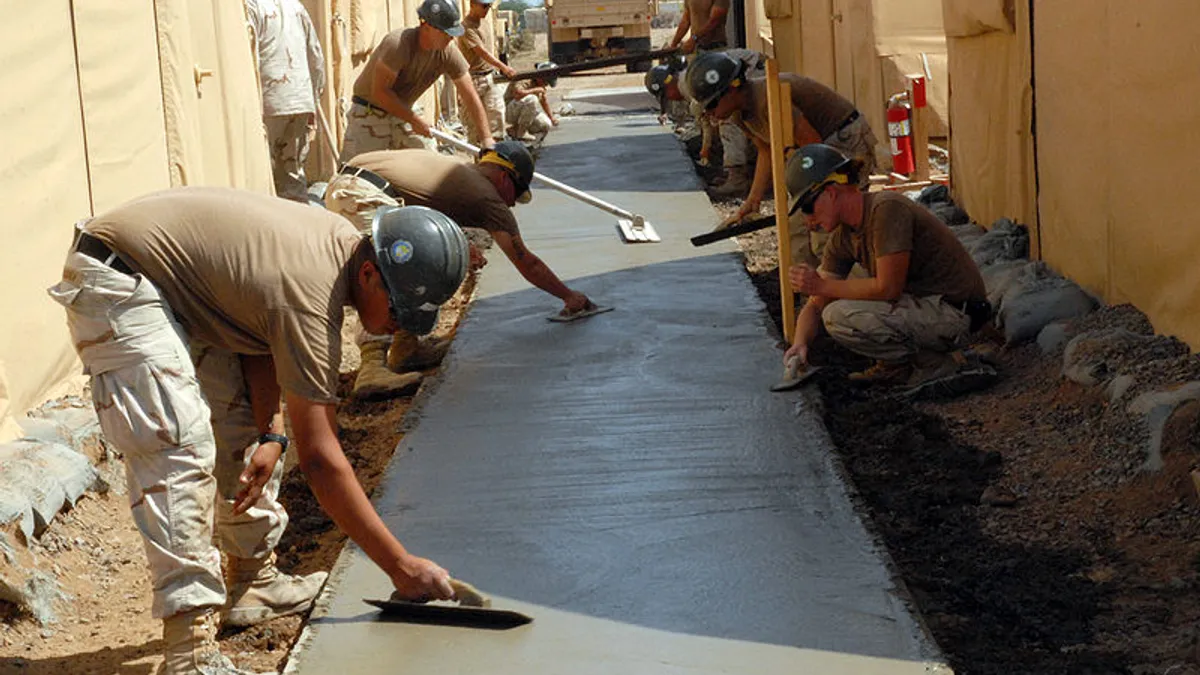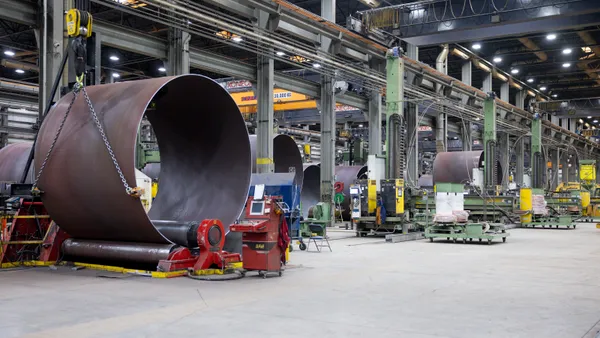Dive Brief:
- Concrete, the standby for sidewalk-builders worldwide, has issues, as anyone who has tripped and fallen over panels busted up by tree roots can attest.
- Adaptations and alternatives have been created, including concrete walks with inlaid tubing to channel hot water to melt ice and snow in Minneapolis and New York inlaid with and rubber sidewalks in Santa Monica, California.
- George Washington University has a test area of solar-collector panels in a walkway at its Virginia Science and Technology Campus, and a company in the United Kingdom, Pavegen, makes a rubberized product that captures the energy walkers exert with their steps and generates power.
Dive Insight:
Santa Monica has an estimated 20,000 square feet of rubber walkway, though street officials say it might not be the best answer because it can get wavy where it flexes over the tree roots that would shatter concrete. The hot-water walks are pricey – up to $100,000 for the front of an apartment building.












